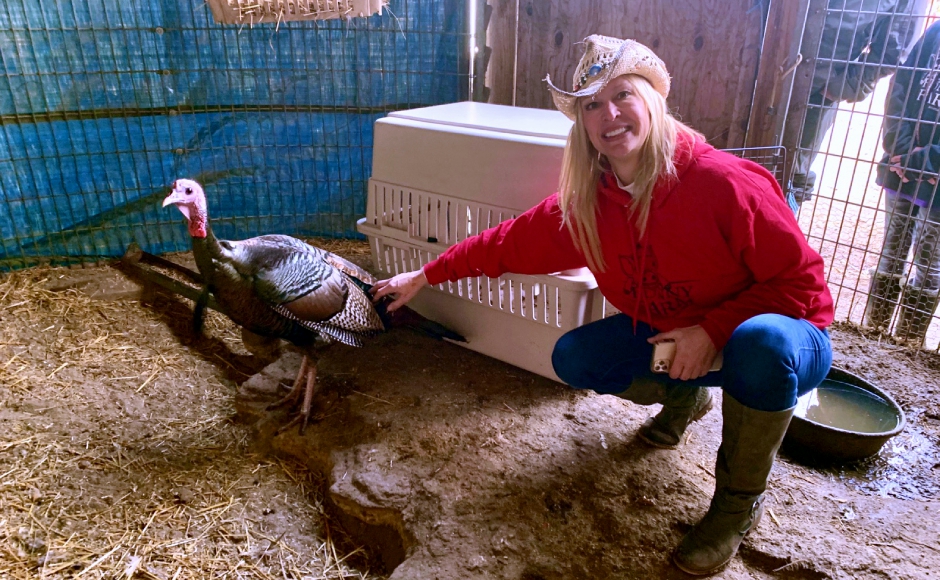 Laurie Zaleski and Glenny the Turkey at The Funny Farm animal rescue in Mays Landing. Credit: Laurie Zaleski.
Laurie Zaleski and Glenny the Turkey at The Funny Farm animal rescue in Mays Landing. Credit: Laurie Zaleski. Laurie Zaleski and Glenny the Turkey at The Funny Farm animal rescue in Mays Landing. Credit: Laurie Zaleski.
Laurie Zaleski and Glenny the Turkey at The Funny Farm animal rescue in Mays Landing. Credit: Laurie Zaleski.Related posts

St. Joseph’s Carpenter Society Opens East Camden Workforce Development Center and Community Space
In its 40th year, the property rehabilitation nonprofit has brought 1,052 homes online in Camden City and the surrounding environment. Its new center in East Camden will support job training for interns and help neighbors build skills to maintain their own properties.
April 11, 2025
‘I Think He Can and He Thinks He Can’ — Mt. Laurel Man Finds Support After Spinal Cord Injury
After he was stabbed in a Collingswood brewery, Dan Walker was told he would be paralyzed from the chest down. His friends believe that Walker, 30, has the strength and mindset to overcome those limitations. They’re raising funds to support his rehabilitation, and looking for help in the task.
April 10, 2025